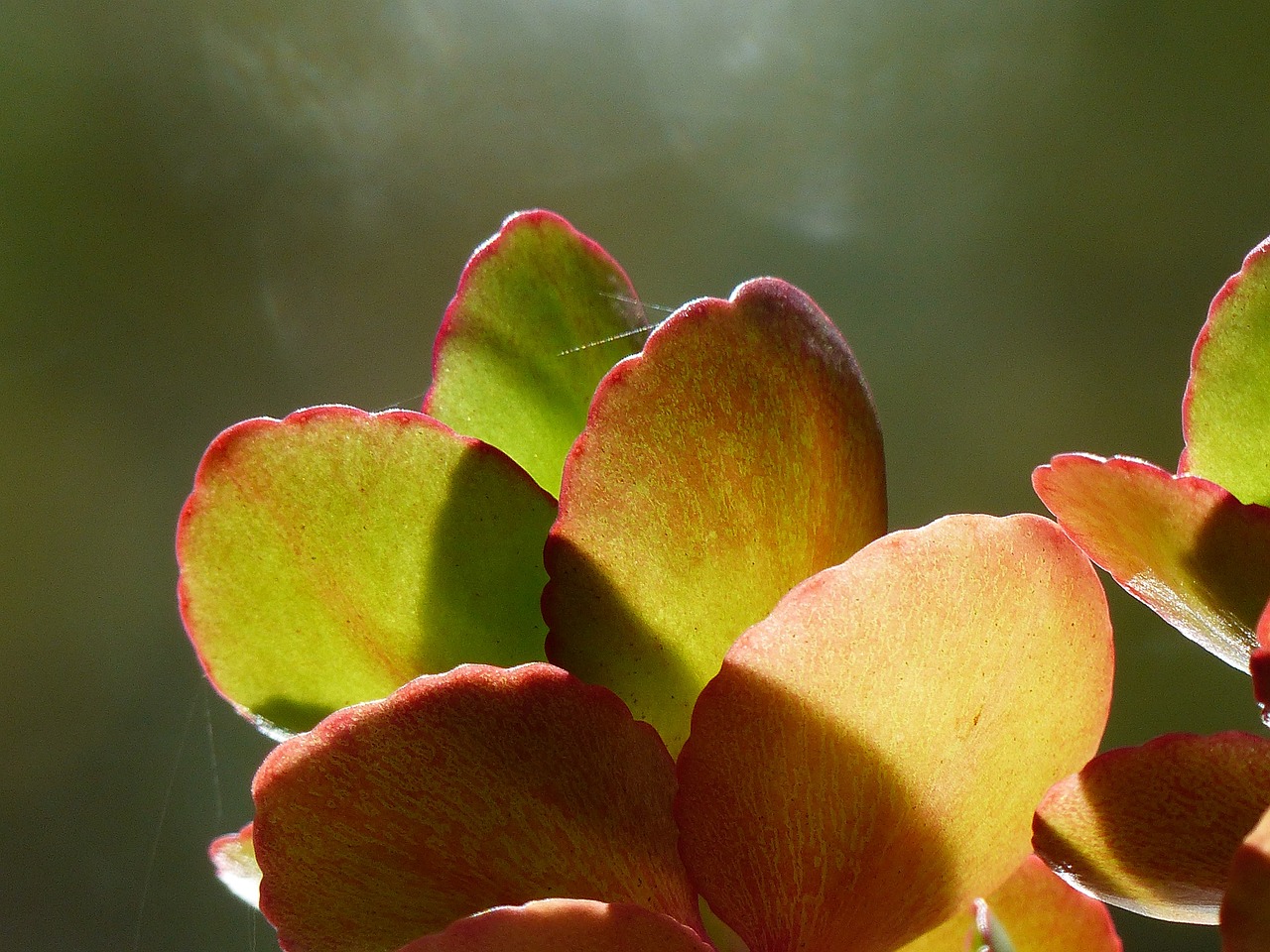
Miraculous mechanism allows plant cells to directionally distribute the growth hormone auxin
Leiden and Austrian researchers have succeeded in further uncovering how a plant cell passes on the growth hormone auxin in a directional manner to the next cell. Three proteins that cling together in a bunch appear to be essential for this important transport process. ‘This discovery solves a crucial piece of the puzzle,’ says Professor Remko Offringa.
The hormone auxin can be seen as the growth engine of a plant. Auxin determines how and where a plant grows, both in the shoots and the roots. But how does this growth hormone end up in the right places in the plant? Until now, it was known that transport proteins transmit auxin from cell to cell. These proteins are a kind of movable mini-channels in the cell membrane - the ‘outer surface’ of the cell.

Rectangular box
‘Imagine a plant cell as a rectangular box,’ says Remko Offringa, Professor of Plant Developmental Genetics. ‘The transport proteins assemble at one of the four outer surfaces to pass on auxin in a directional manner to the next cell. This cell then passes auxin on in the same way to the next cell.’ This is how a plant ensures that auxin is transported from hormone-producing cells to the cells where growth takes place.
Earlier, Offringa’s group discovered that so-called kinase proteins label the transport proteins with phosphate groups. This labelling determines at which side of the cell the transport proteins gather and thus in which direction auxin is pumped.
Missing link
A clear story, you’d think. Yet, there was still something missing, Offringa says. ‘How does a build-up of transport proteins on one side of the cell membrane come about? Together with colleagues from the Institute of Science and Technology Austria, we discovered an important missing link in this process.’ The team published this discovery in the March issue of the renowned journal Current Biology.
Stable complex
The problem lies in the transport proteins. These are located in the membrane of the plant cell and can move around within this membrane. The proteins can therefore not only be found at the top or bottom of the cell but also at the sides. ‘We have discovered that there is another group of proteins involved in this process, the MAB proteins. A single MAB protein interacts with a labelled transport protein and a kinase protein to form a kind of cluster. Because this cluster is rather bulky, it only moves slowly in the membrane and stays on the correct side of the cell.
The researchers demonstrated this by comparing normal plant cells with mutant plant cells that either lacked kinase proteins or MAB proteins. In the latter two cases, there was no accumulation of transport proteins on one side of the cell. The researchers thus proved that both the kinase and the MAB proteins are essential for the correct transport of auxin.
Better together
‘Our publication is a nice example of how science can work,’ says Offringa. ‘I have been working with Jiri Friml, the leader of the Austrian group, for almost 20 years, so I know him very well. But we happened to be researching MAB proteins independently of each other. During a conference, we found out that we were working on the same topic. It then became clear that our data complemented each other.’ For Offringa, working together was the only logical follow-up. ‘We could have chosen to each publish on our own, but then we both would have had an incomplete story. By combining our data we have a much stronger publication and everyone gets the recognition they deserve.’

What makes a plant grow towards the light?
Put a plant in the sun, and in no time it will grow crooked. But why is that? Ten years ago, Remko Offringa and colleagues mapped this mechanism at a molecular level for the first time. Here, too, directional auxin transport and kinase proteins were found to play a crucial role.
Read more about this discovery (in Dutch)
Publication
Matouš Glanc and Kasper Van Gelderen et al. AGC kinases and MAB4/MEL proteins maintain PIN polarity by limiting lateral diffusion in plant cells, Current Biology (March 2021)
Text and header image: Bryce Benda
